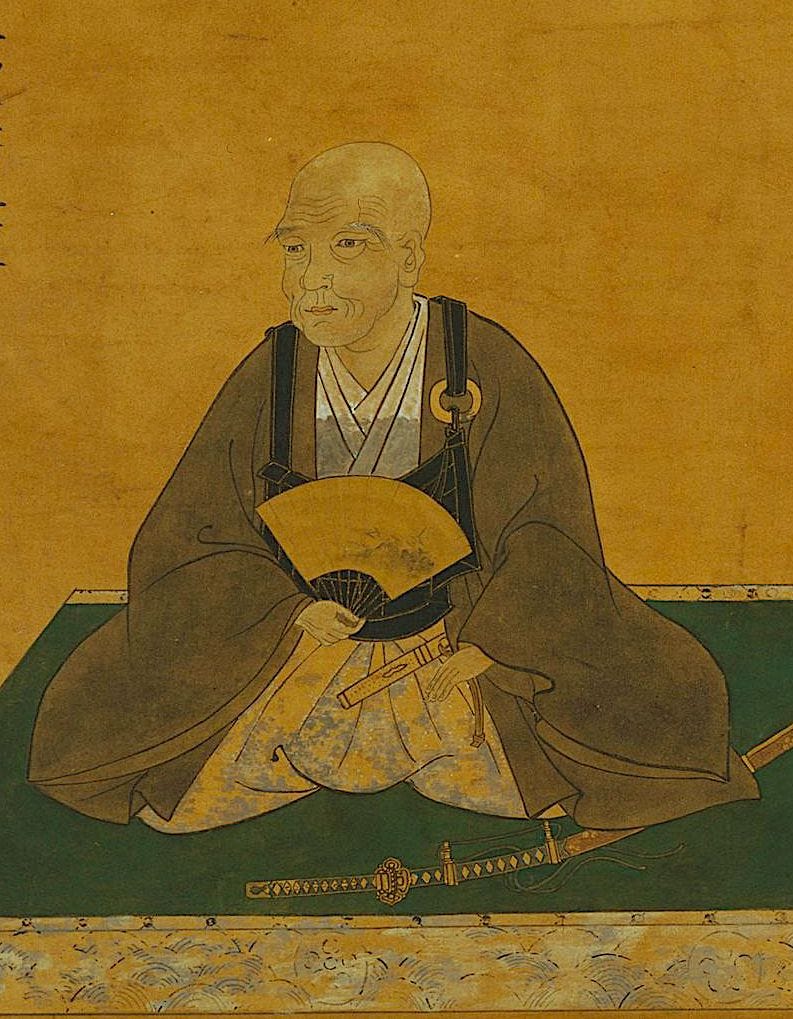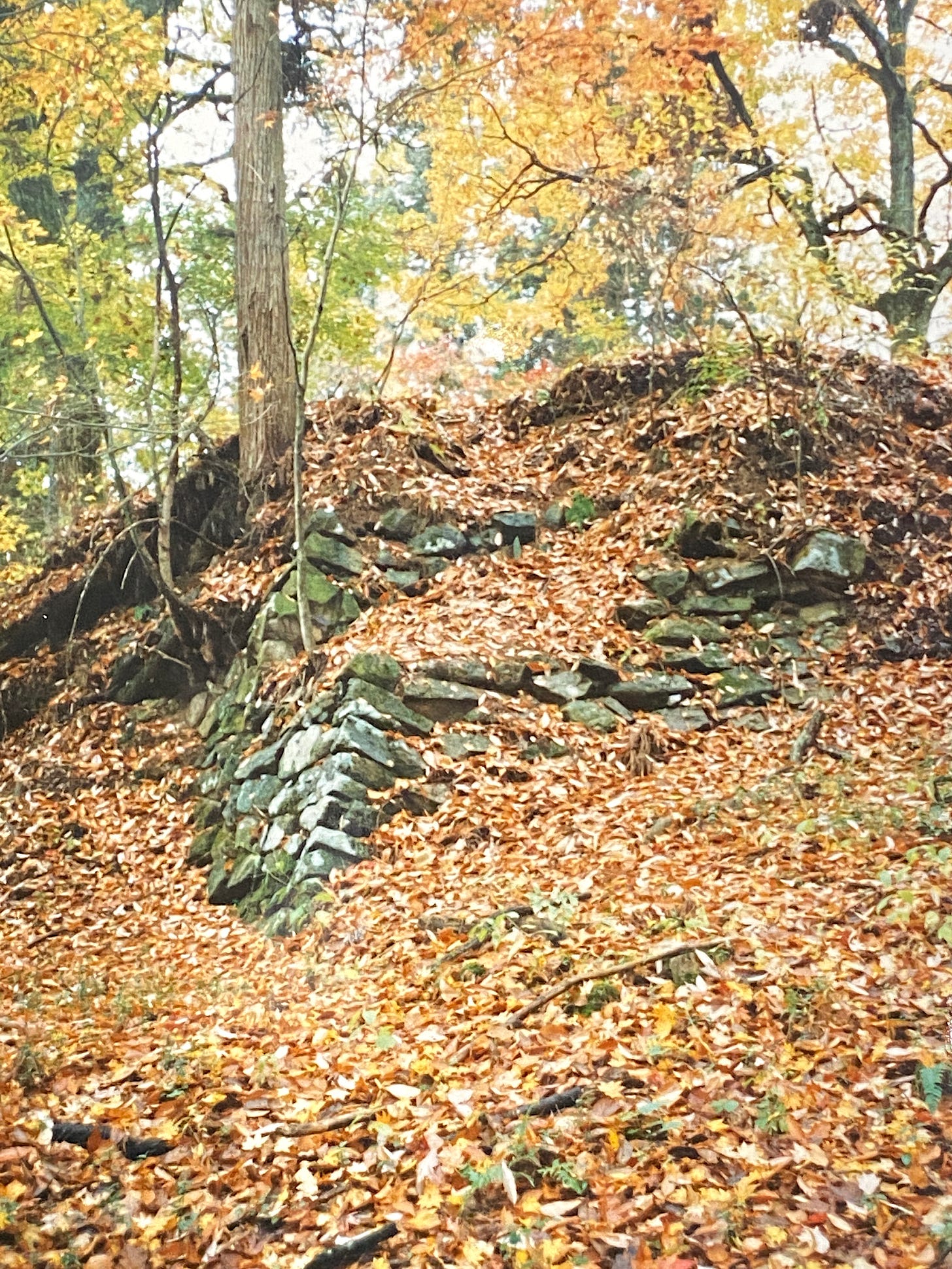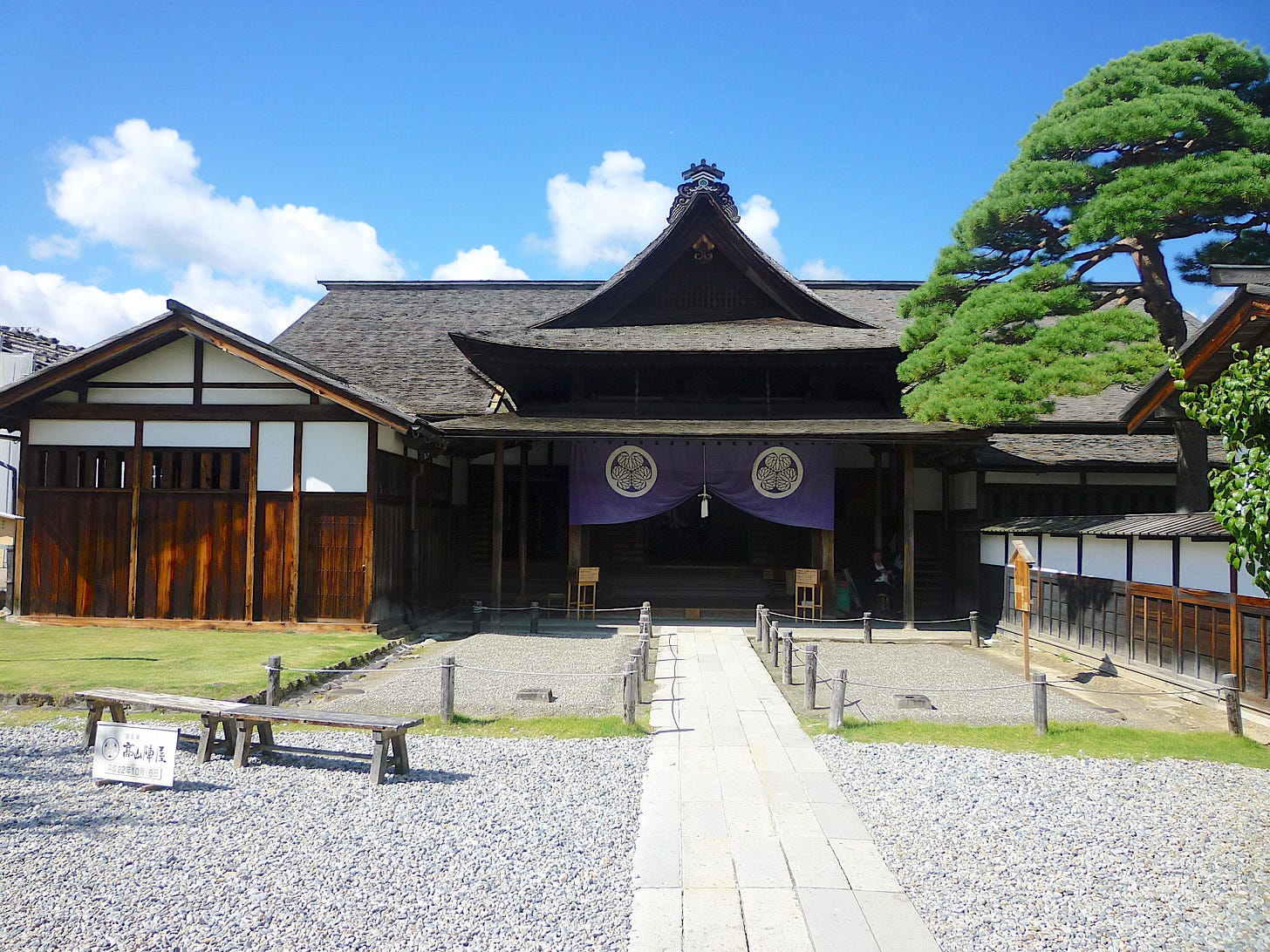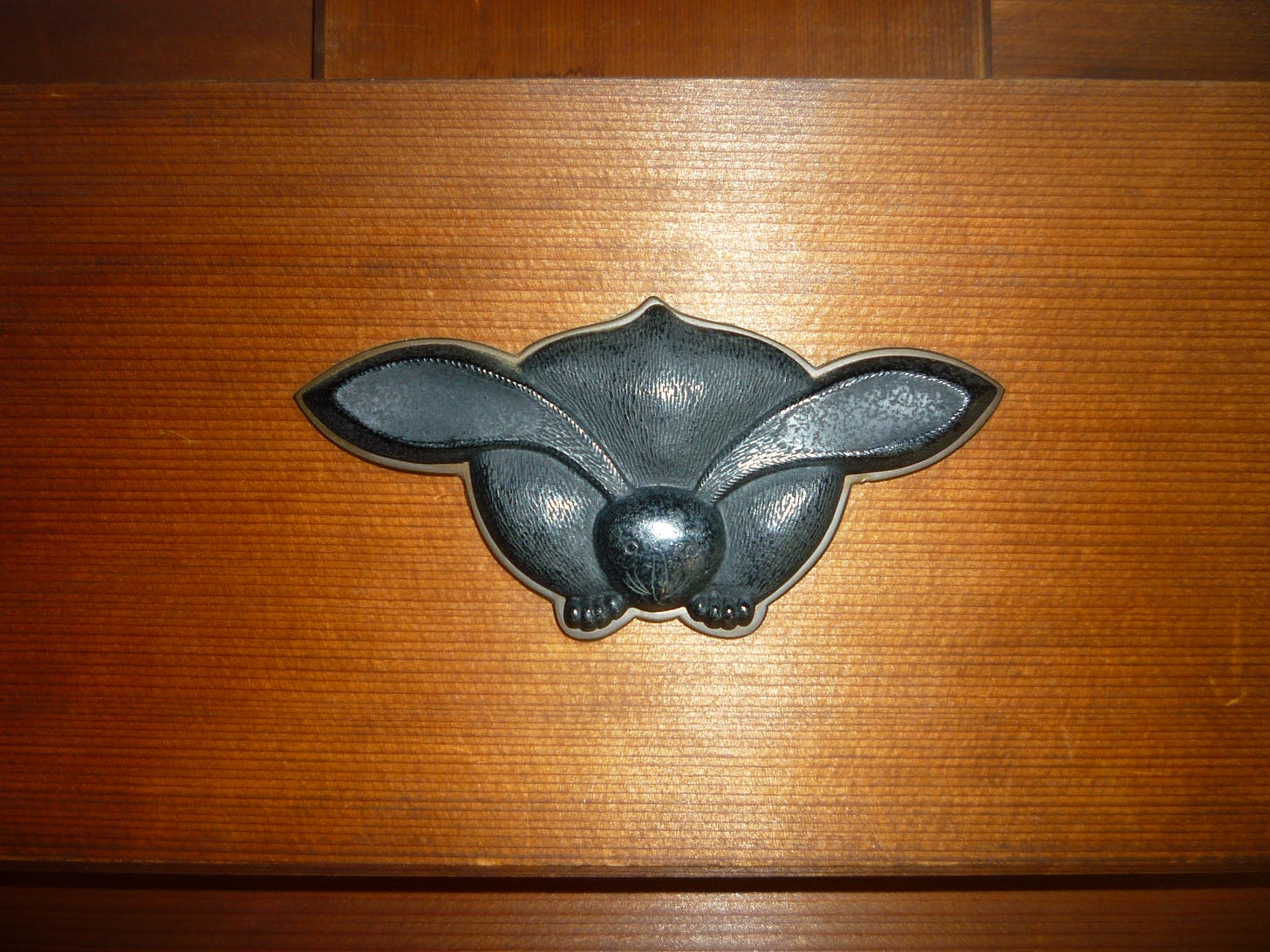The township of Takayama was once watched over by a magnificent castle, Takayama Castle, constructed high on a mountain in Gifu Prefecture’s Takayama in 1588 by Kanamori Nagachika (1524 –1608). Takayama Castle featured impressive stone walls and wide surrounding moats, and although a true Sengoku (Warring States) period fortress, the castle is said to have been designed in a style similar to that of Oda Nobunaga’s magnificent Azuchi Castle, being more disposed for residential and authoritative, rather than battle purposes.
Kanamori Nagachika was a famed samurai warrior and tea master who first served Oda Nobunaga’s father, Nobuhide, from the age of 18. Following Nobuhide’s death, he became a loyal vassal to Nobunaga, fighting under the command of General Shibata Katsuie. With the death of Nobunaga, and then Shibata Katsuie in the aftermath of the Battle of Shizugatake, his loyalties lay with Toyotomi Hideyoshi. Around the time of the Battle of Sekigahara, in 1600, Kanamori again changed his allegiances to follow Tokugawa Ieyasu.
For this final act of loyalty, he was awarded the rank of daimyo to become the first lord of the resource rich Takayama Domain. Six generations of his descendants would continue to rule the region for 107 years until 1692 when the Kanamori clan were suddenly transferred to Kaminoyama in Yamagata Prefecture
The domain then came under the direct control of the Tokugawa Bakufu in Edo, mainly because of its silver, gold and other mineral deposits, and its rich timber resources. Because it was a Yamajiro, being a castle built on a mountaintop, the castle’s upkeep was deemed too expensive, and so on the orders of the Edo Bakufu (Government) Takayama Castle was then decommissioned and dismantled in 1695.
Takayama Jinya
Instead of a castle, a jinya was constructed 800m away in the town center. Although not technically a castle, jinya were fortified government offices, usually built for smaller domains that could not support a castle, or where the local lord was not wealthy, or ranked high enough to be master of a castle. Even so, because of the fortifications, many castle specialists still count jinya as samurai castles. Many jinya featured keep-like yagura watchtowers and other castle like structures. Of the over 60 of these regional headquarters and sub-headquarters that once operated nationwide, the Takayama Jinya is Japan’s last remaining original, and nearly complete Jinya.
Over the next 177 years, 25 generations of Tokugawa samurai were dispatched to Hida to work as administrators, tax officers and to police the area from the Takayama Jinya until the end of the Edo period. After the fall of feudalism and the Meiji Restoration, the Jinya was registered as a National Historical Monument in 1929 and continued to be used as public and prefectural offices until as recently as 1969.
The remaining complex consists of a main gate and samurai guard house, entrance hall, main administrative offices, a magistrate’s office and interrogation room, lord’s living quarters with a central landscaped garden, a rice storehouse that once stood in the San-no-Maru bailey of the castle was dismantled and brought to the Jinya, along with a library and other associated buildings. The rice storehouse, now serving as a museum, dates from the 1600s, while the other remaining original buildings were reconstructed in the early 1800s.
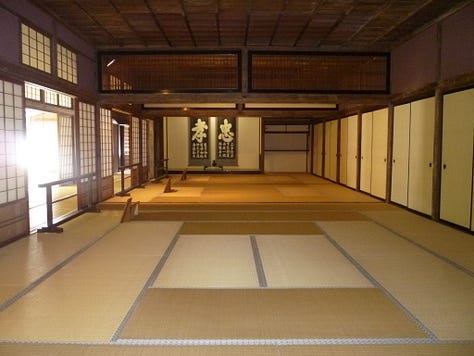
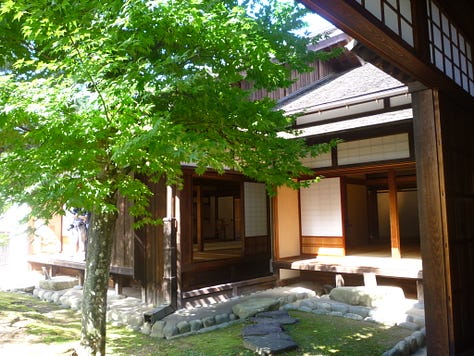

The entrance of the main building features a large purple curtain sporting the Tokugawa Crest. The facing stone garden features a traditional rippled raked sand pattern, representing the sea. Its meaning implies that, just as the powerful waves of the sea never end, the power of the Tokugawa will continue forever. Inside the Jinya, 150 metal rabbit motifs cover the timber frame joints. These too have special meanings. Rabbits give birth to many offspring, which is a symbol of prosperity. Rabbits were long believed to protect against fire. Thirdly, the rabbit’s big ears symbolize the government listening to the needs of the people. Alternatively, the big ears could also represent a warning that the government listening in on the talk of the citizens.
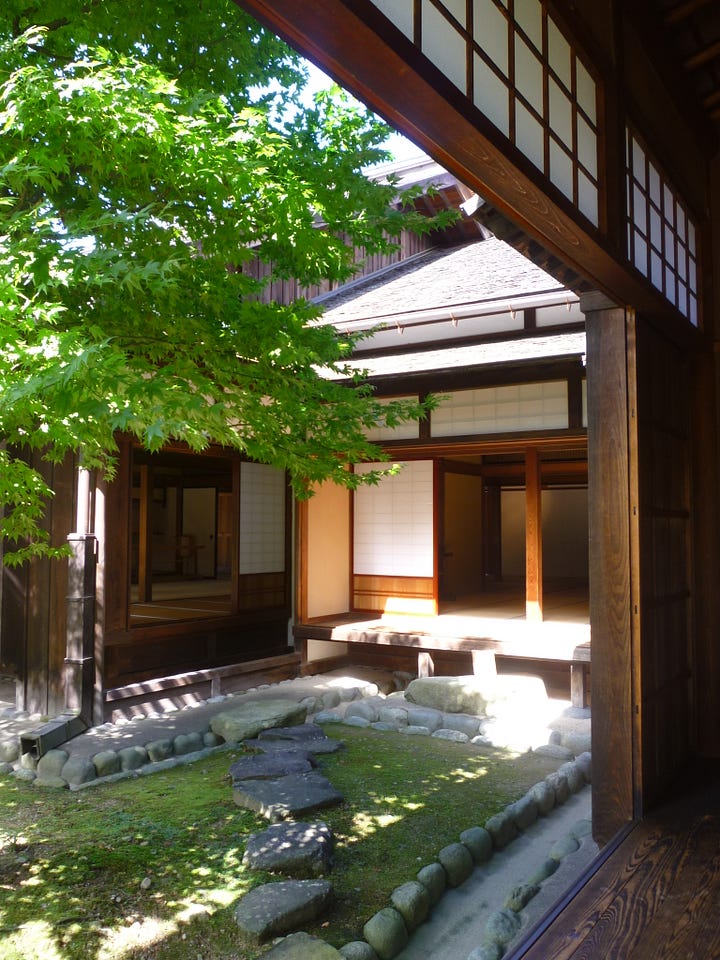
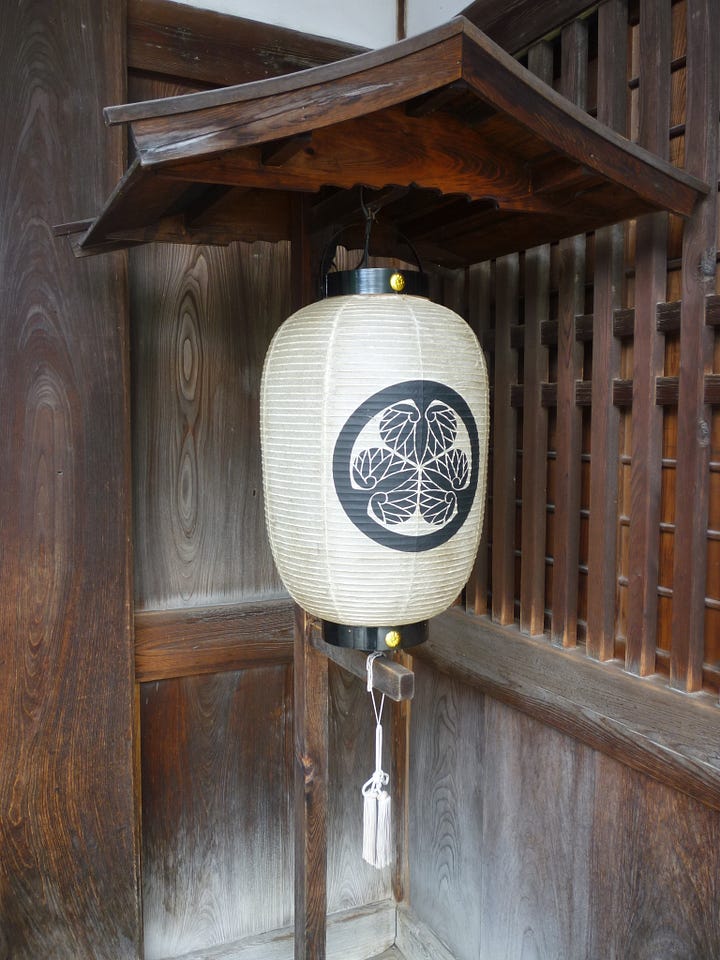
Like castles, Jinya were considered unnecessary on the collapse of the shogunate and were often demolished. Takayama Jinya is the lone survivor. Historical displays including antiquities, documents and maps are on show within the complex, providing the visitor with an idea of the daily life and duties of the samurai stationed at the last samurai Jinya, Takayama Jinya.




